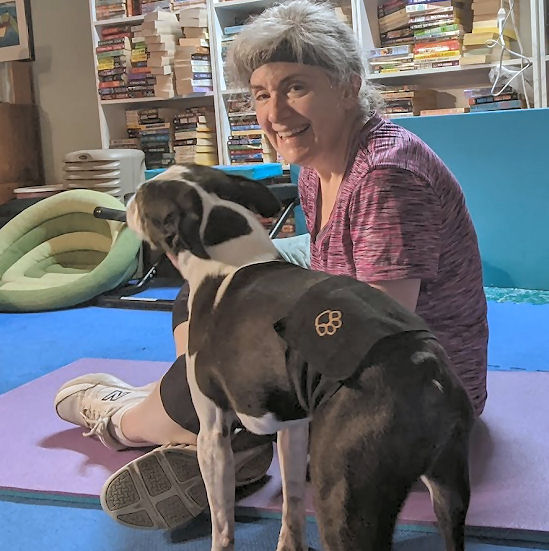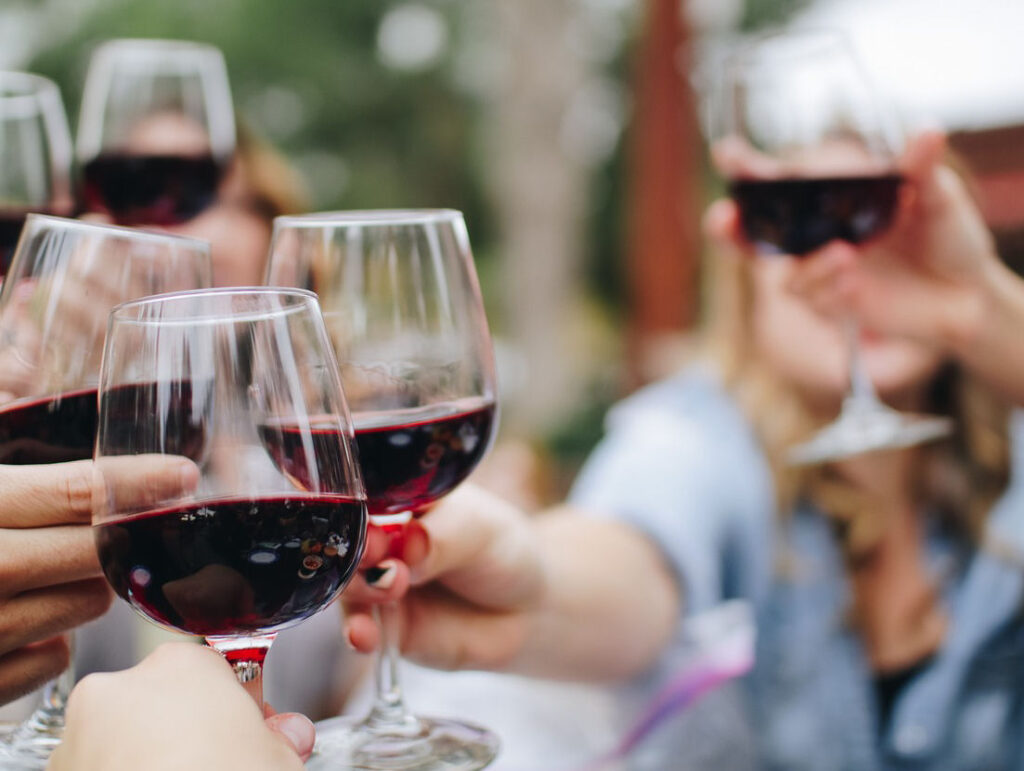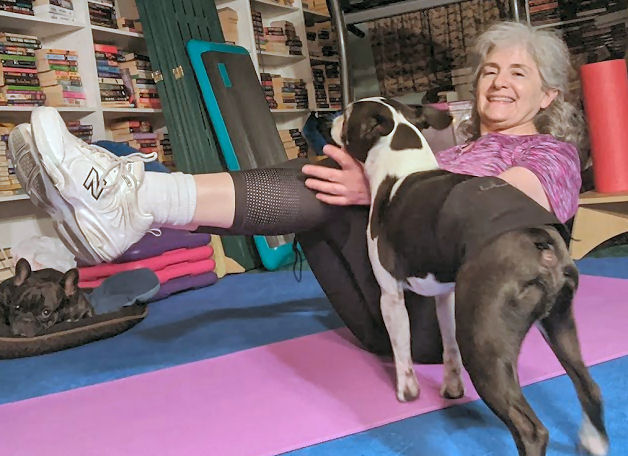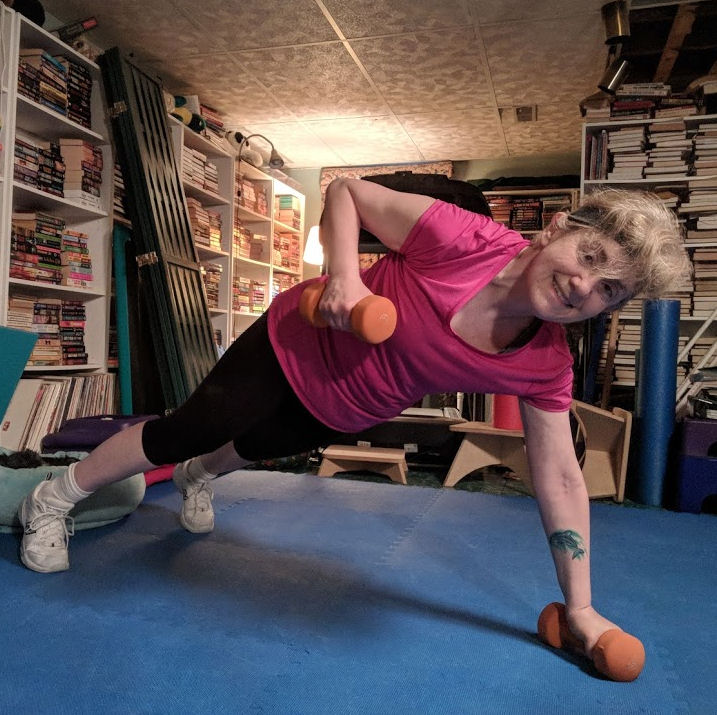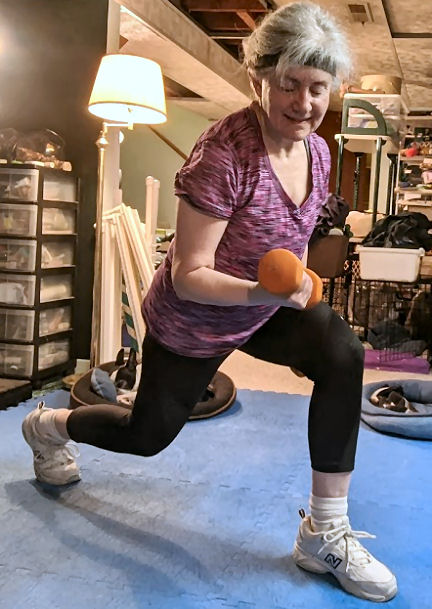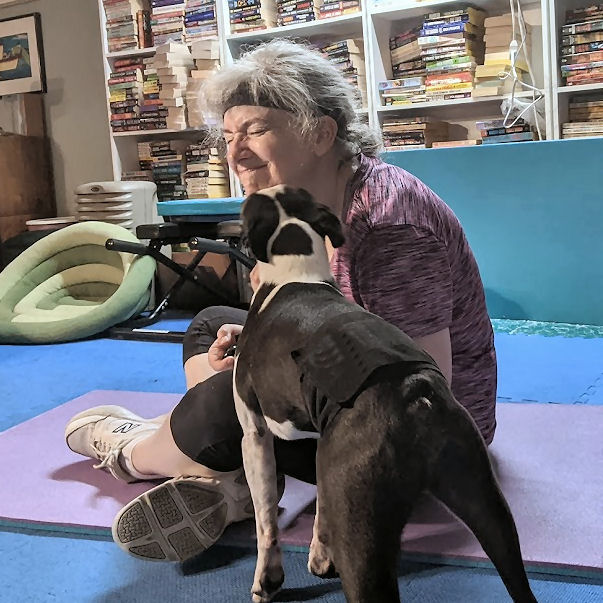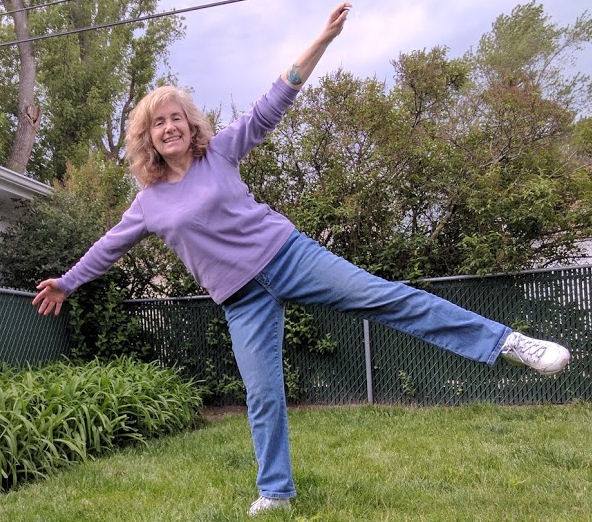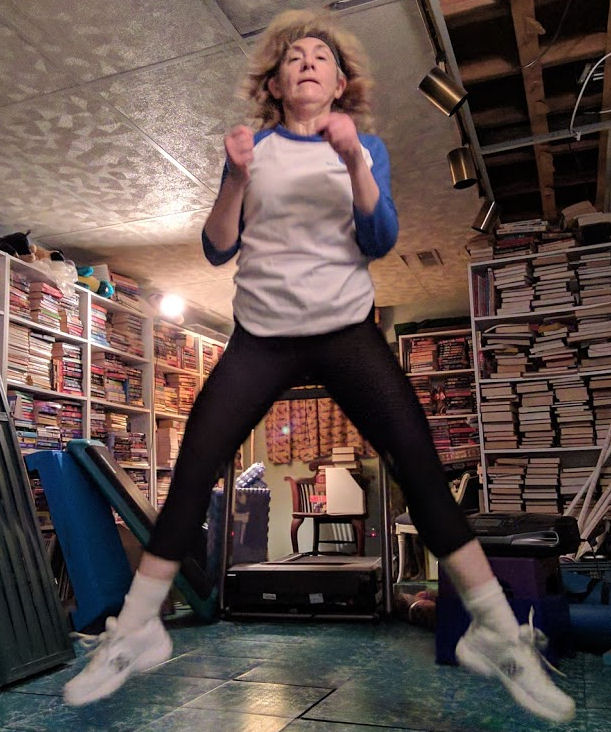Get it done – no matter what it is
If you like to get stuff that you don’t especially enjoy doing out of the way early, like I do, then this is for you! The great Mark Twain is credited with saying, “Eat a live frog first thing in the morning and nothing worse will happen to you the rest of the day.” And if you think about it, that’s probably true. And productivity expert Brian Tracy has expanded on Twain’s saying in his book, Eat That Frog. When I can, I try to abide by that precept – get up, get going, get it done. That way I have more time to do what I really want to do later on.
If you don’t like to exercise, you probably won’t do it
If you hate to exercise – I’ve said it before – you’re not going to do it. But if you find an exercise program that you don’t mind, and you like the music, the choreography, and the instructor, then you’re more likely to do it. If you have that program queued up, then you don’t have to waste time looking for it and you can just jump in. And if you don’t have anything else scheduled, you can exercise early and get it done. My favorite time to exercise is early – what a great feeling to get it done.
Taking action early = fulfillment
This maxim can translate to other areas of your life too. When you see yourself as someone who takes action, and takes it early on, there’s a real sense of fulfillment. It’s not enough to see yourself in a certain way, though, you have to take the steps to get it done.
Perfectionist? Let it go
That could mean easing up on your perfectionist leanings. I know – you like things to be “just so.” But if you keep tweaking a project, it will never be finished. And done is almost always better than perfect. Naturally, check for typos and other obvious errors, but as a chilly heroine would say, let the rest go.
Other productivity professionals say, “Be dumber and care less.” I change that to “grow a thicker skin.” Of course we care about our work. Sometimes that shows up as, “perhaps I should tweak this sentence so people won’t think ‘X’ about me.” My rule has been to not overtly offend anyone, but if I have something important to say, then say it. You can be a genius, use all the high-falutin’ vocabulary, and finish a project in 3 weeks. Or you can just say something plainly and get it done. And once that thing is done, you’ll get a sense of accomplishment! It’s done! Finished! And I did it! So happy! What a boost to your optimism and resilience.
How to get it all done
Sounds good, right? But how to get it done efficiently? First, identify the project. Next, identify the steps you need to take. Third, flesh out those steps. And finally, get up and get going.

